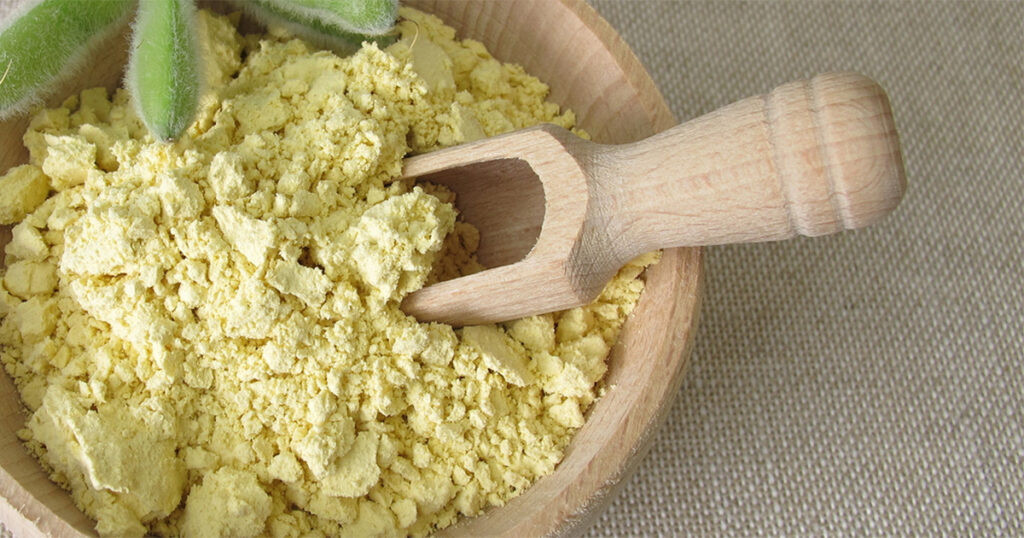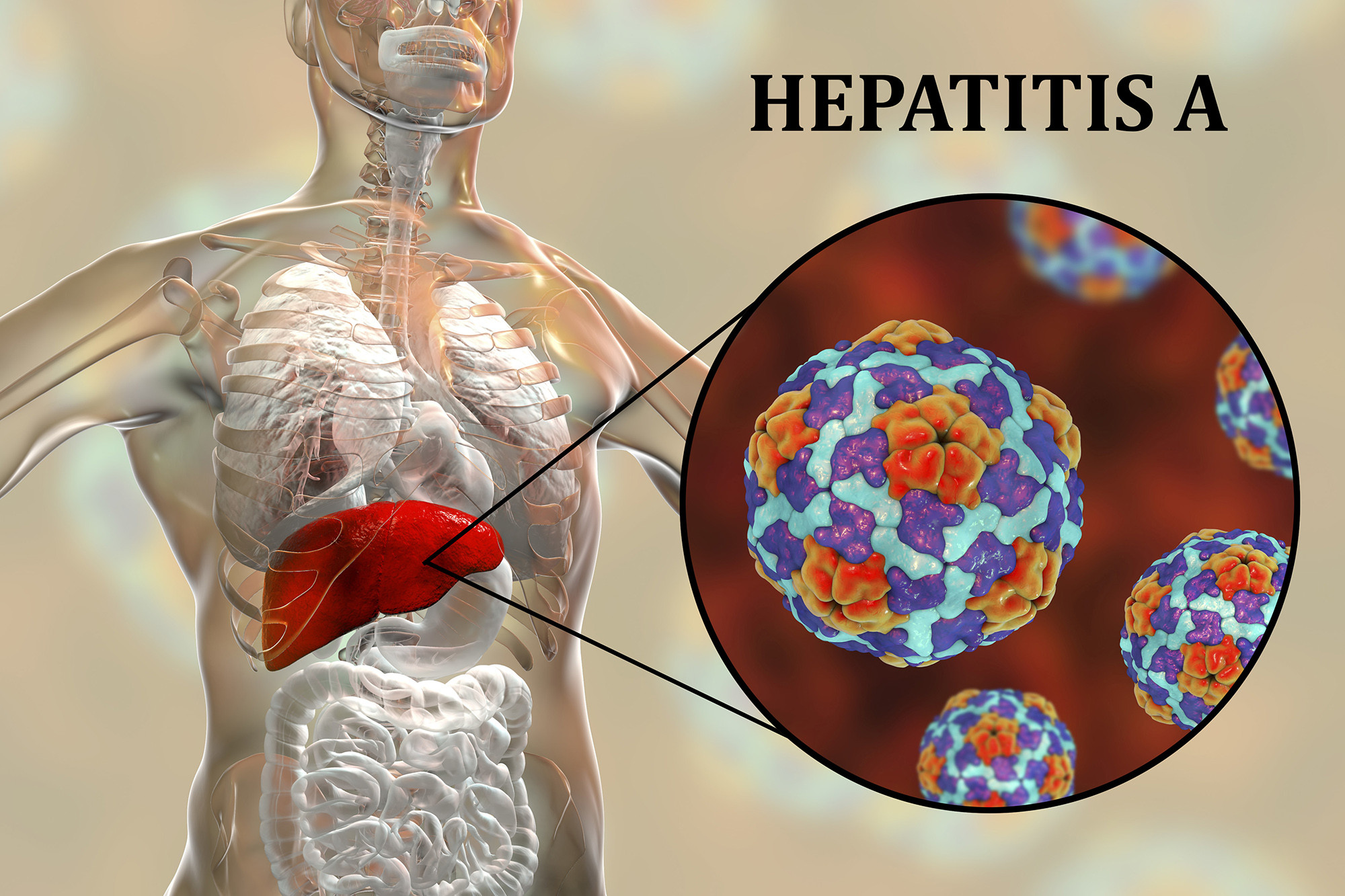A legume traditionally used to feed cattle could reduce malnutrition rates in aged care residents across Australia, according to a Queensland researcher. The legume, lupin, has been turned into flour and added to the diets of about 2,000 aged care residents as part of a program rolled out to 15 facilities in Queensland.
Research lead Cherie Hugo said the program was achieving "remarkable" results. "At the last visit six months ago, their long-term residents [who are part of the program] had shown 29 per cent improvement in nutritional status," Dr Hugo said.
She said in comparison, malnutrition typically decreased by around 6 per cent over 12 months in other Australian studies on aged care nutritional programs.
Why Lupin Flour is a Game Changer
Almost one in two people living in residential aged care in Australia are malnourished or at risk of malnutrition, according to the 2018 Royal Commission into Aged Care Quality and Safety. One recommendation from the royal commission was to provide residents with nutritional, "desirable" meals to reduce health risks including falls, fractures, infection and prolonged healing.
Dr Hugo said food played a major role in residents' wellbeing. "We know that when we get the food right, and it's enjoyable, we use supplements less," Dr Hugo said. "But when we measure quality of life, we can actually measure the impact that food-first approaches have on overall quality of life."
The program followed a 2018 Bond University study that took 18 months and found malnutrition dropped by 34 per cent among aged care residents who had lupin flour introduced to their diet over three months.
The Science Behind the Success
Research shows that the legume has significantly increased nutritional levels among aged care residents. Lupin beans are processed into a variety of forms including flour and flakes. The albus, or sweet white lupin variety, commonly used for human consumption, is still under-represented in Australia. The main lupin variety, angustifolius, is grown to feed cattle.
Dr Hugo's research has shown that lupin flour is particularly beneficial for aged care residents because of its high protein content and low carbohydrate content. It also contains essential amino acids and fiber, which are important for maintaining muscle mass and overall health.
Beyond the Numbers: The Impact on Residents
Chef Ben Hazelwood has worked for Dr Hugo's nutrition business for the past three years, ensuring lupin flour does not compromise the food's flavour. Mr Hazelwood uses the flour in baking and soups. "Lupin has a very, very mild, nutty sort of flavour and I find that it actually complements a lot of different ingredients," he said.
Mr Hazelwood said he was increasing the percentage of lupin flour used in his recipes, instead of regular wheat flour. "I want to find ways to get as much [lupin] as I can in," he said. "So, we try and look at what flavours work really well and trying to incorporate different flavours."
Eric Anderson is the CEO of the Adventist Retirement Aged Care facility, where residents have had lupin added to their diet for the past five years following the 18-month trial. "The biggest improvement's been in protein intake, reduction in that number of supplements we have to use and also a much better outcome for our residents in terms of their muscle mass," he said.
However, the nutritional value wasn't the only benefit of using lupin flour. "From an economics point of view, it's much better for us obviously to use less supplements, they're very expensive," he said. "It wasn't so much about the cost as it was about getting improved outcomes and making food appetising."
A New Frontier for Australian Agriculture: Growing the Lupin Market
In the New South Wales border town of Albury, farmer Gary Drew has been growing lupins as feed for his livestock since the 1980s. Ten years ago, he turned his focus to people. "The human consumption idea didn't come until we were actually steaming and rolling some lupins in one of the dry periods," Mr Drew said.
"So, I brought home a truckload ready to feed to the stock, and I rolled the tarp back and the sun was shining on them. They smelt like Uncle Toby's and I'm going, 'Why aren't we eating these?'"
Humans have consumed lupins for centuries, but they are not commonly eaten in Australia. Mr Drew said despite this, 80 per cent of the world's lupins are grown here.
Mr Drew said the lack of consumption in Australia was due to poor education about the legume's nutritional value. "The research on the nutritional value of lupins and other pulses versus cereals, all that work's been done since the 1980s," he said. "Everybody knows how good they are but yes, we need to get them into the general consumption in Australia."
Lupin's Potential Beyond Aged Care
Lupin's potential extends beyond aged care, with its high protein content and versatility making it a valuable ingredient in various food products. As awareness about its nutritional benefits grows, it could become a more common ingredient in the Australian diet. This shift could offer a boost to Australian farmers who grow lupins, creating new market opportunities for this versatile legume.
The future of lupin consumption in Australia is promising. As research continues to highlight its nutritional benefits and culinary versatility, it is likely to gain wider acceptance and become a staple ingredient in homes and kitchens across the country. This could benefit both the health of Australians and the livelihoods of those involved in lupin production.

















